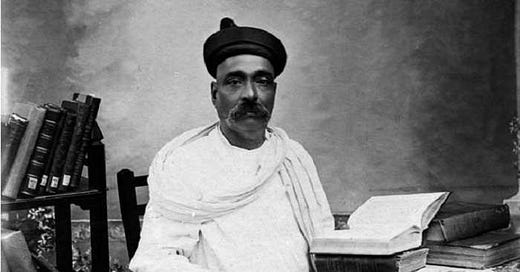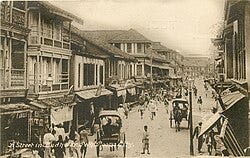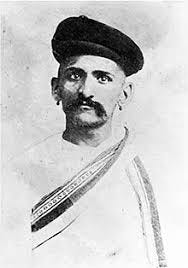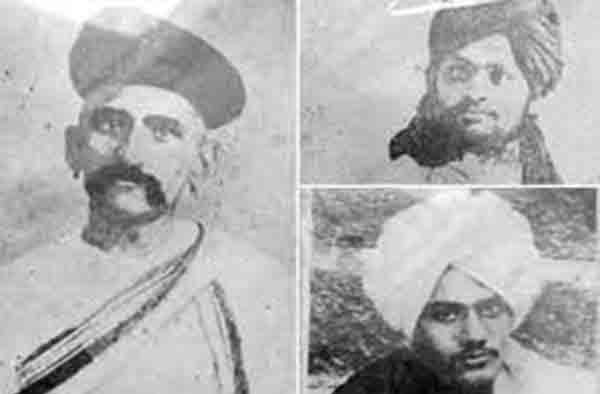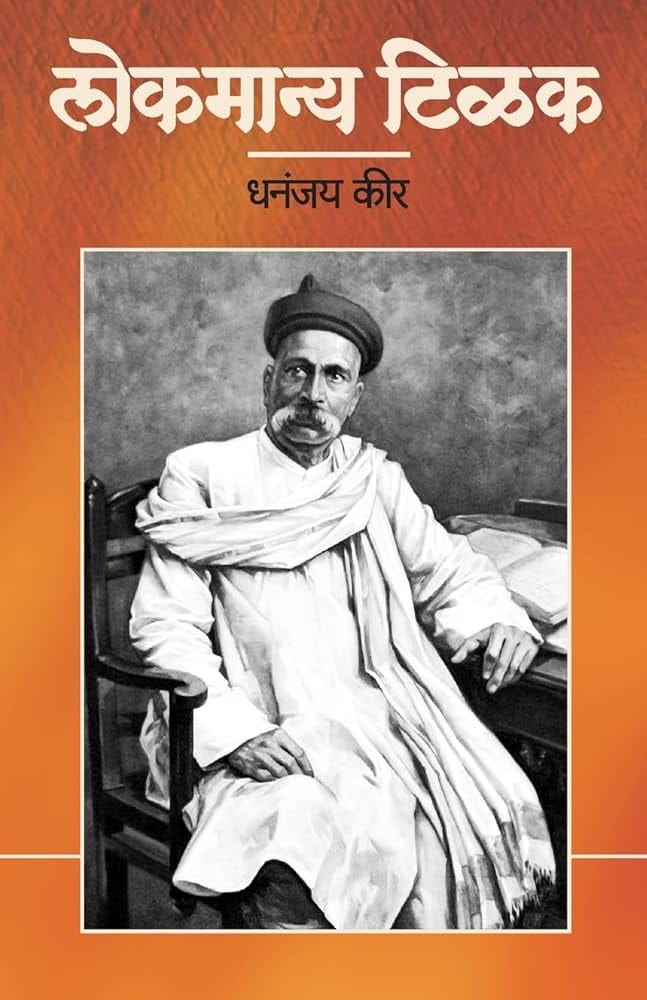The Chaphekar Brothers & Lokmanya Tilak
The Chaphekar brothers whose heroic act inspired the young Vinayak Damodar Savarkar to take the oath "Shatrus Maarta Maarta mare toh jhujeh" and his Guru, the mighty Lokmanya Bal Gangadhar Tilak.
Towards the end of 1896, a famine broke out in Maharashtra, this was not, however, uncommon in the British Raj, from 1770 to 1880 alone almost 20 famines had broken out, and 4 since 1880. “The British blessed India with peace, but had killed her prosperity”.
Lokmanya Bal Gangadhar Tilak was “representative of the people” at that time and at a time he was struggling for the welfare of the agricultural classes due to this famine, news broke out that the “plague” had broken out in the Bombay Presidency and soon it reached Poona (now Pune) and caught it like a wildfire, thousands suffering its horrible consequences
.The plague was bad news for British/English trade, thus the government took drastic measures to counter it, one of them being establishing “plague committees” and giving military powers to District Collectors. One such committee was established in Poona and Walter Rand was appointed as the Plague Commissioner in February 1897.
Rand was a known hardliner, during his time in Satara as an Assistant Collector he was notorious for persecuting, harassing, and ruthlessly sentencing some Hindu leaders of Wai in connection with a riot in the town. It was the opinion of Tilak that Rand had wrongfully convicted these Hindu leaders and that his appointment in Poona meant some hardline measures for the common masses. Rand was very firm and did not care much about public opinion.
Rand sent his soldiers to conduct a thorough house-to-house search around the city of Poona. The terror-stricken people did not wish to give information about their plague-infected relatives nor did they want them to live in poor segregation camps. For this work, British soldiers were employed instead of native soldiers to carry out harsh orders without hesitation. Tilak wanted the Government to take the people into confidence but his pleas were rejected.
To comfort the people Tilak accompanied these soldiers from house to house to ensure that no malpractices were happening. But the soldiers paid no heed to the sacred places, kitchen, and privacy of the people, a healthy man was seized and thrown into a disgusting plague hospital on the slightest suspicion. Tilak, to help, started his own hospitable for Hindus and some other Hindu leaders and also a free kitchen for the poor. Tilak went as far as to describe Rand’s administration “as a reign of terror”.
At the beginning of 1897, the plague began to die down and by May it disappeared from Poona, and the Rand administration was dismantled. Everybody was in a happy mood, however, the memory of the plague still survived and soon three revolutionaries would turn these bitter memories into action. Tilak was busy with his Shivaji festival preparations around the same time as the Diamond Jubilee of Queen Victoria and its celebrations. It began on the 12th of June in Pune, the festival was grand and almost every community participated, On this occasion, an enthusiastic young man delivered a poem called “Shivaji’s utterances” about how Shivaji would’ve been horrified at how the cow is treated in India today and how Indians have become unmanly that they treat the torturer of the cow with respect.
That young man was Damodar Hari Chaphekar, the eldest son of a Hindu religious preacher. Damodar was an out-and-out orthodox Hindu. To him religion was politics and politics was religion, he had assaulted a Bombay professor who had converted to Christianity and thrashed Tilak’s reformist opponents in a street in Pune as well. He established a secret revolutionary organization in Poona and was extremely disturbed by Rand’s actions. He started collecting weapons and had followed Rand continuously for 2 months before his assassination.
At the end of the Shivaji festival that day, Tilak pulled him aside and said that had “youth like Chaphekar been brave and manly, Rand would not have been alive in Poona” something which touched Chaphekar and gave him motivation to act when the opportunity came on the night of the celebration of the Diamond Jubilee of Queen Victoria on 22nd June, many prominent British officials attended this celebration at Government House, Pune and Walter Rand was one of them.
At 12 o’clock three carriages departed from the celebration. Lord Sandhurst occupied the first one, and the second by Ayerst and Rand occupied the third. When the carriages began to trot, Wasudeo Hari Chaphekar (the youngest brother) made a signal and along with Balakrishna Chaphekar, Mahadeo Ranade and Vinayak Apte fired at Ayerst’s carriage, Damodar realizing the mistake leaped onto Rand’s carriage and fired at him. Rand succumbed to his injuries later that night at a hospital.
Soon there was an uproar in Poona and Tilak got a message at dawn from Damodarpant Chaphekar saying “The Ganpati from Ganeshkhind had been propitiated the night before” Tilak at once understood the hidden meaning and replied “Is it so? then be cautious now”…The Anglo-Indian papers were seized and desperately raised a hue and cry against the Poona papers and especially the Brahmin community in Poona. The Chitpawan Brahmin community was attacked by the British and held primarily responsible for this act and various anti-Chitpawan articles were written by the British. To protest against these measures, Tilak who was not a coward, in his Kesari article wrote the infamous Marathi line "सरकारचे डोके ठिकाणावर आहे का?" (Is the government’s head in its right place)
Tilak along with some other leaders and editors of Kesari were arrested on 27th July 1897
Damodar Hari Chaphekar was arrested and sentenced to death in February 1898, and he proudly roared in court saying “You may hang me tomorrow but my soul will at once pass on to another body, and in sixteen years it will be fighting against the English again”
Damodarpant Chaphekar mounted the gallows on April 18th, 1898, holding a copy of the Bhagavad Gita which he had borrowed from Tilak. He sang hymns from it during his time in Yeravda jail and it was gripped tightly in his hand. Tilak fulfilled Damdor’s last wish which was to ensure that his body was disposed of with proper Hindu rites and rituals.
Wasudeo Chaphekar went on to kill the Dravid brothers as well along with Ranade and openly admitted so in court as well. In May 1899, both Wasudeo and Balakrishna were taken to the gallows and died. In such a way, all three Chaphekar Bandhu died a heroic death
.The Sedition Committee report defined the Chaphekars as “ultra-orthodox and therefore anti-Muhhamedan (Muslim) and anti-British”… their father died broken-hearted in 1899, their mother died before the trial of Damodar even began and the wives of all three brothers pulled on their existence, for years, uncared for.
Source- “Lokmanya Tilak” by Dhananjay Keer

